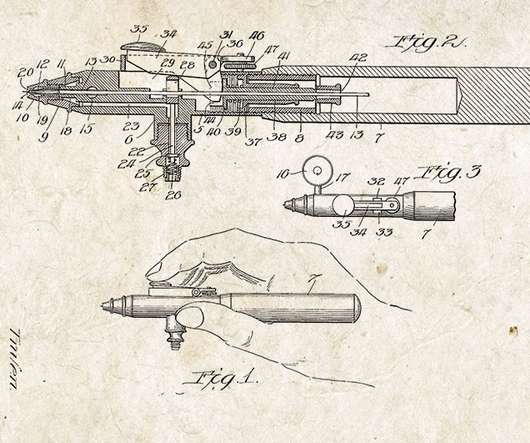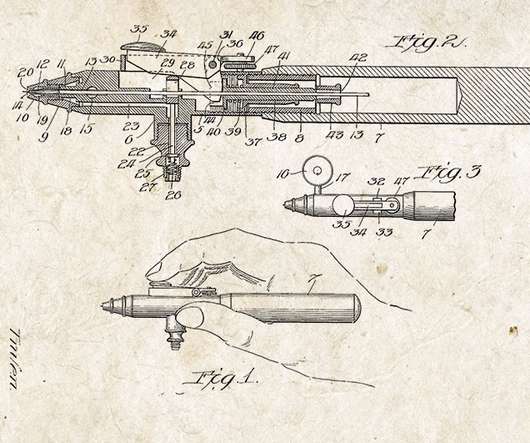Which Type of Intellectual Property Protection Do I Need?
Art Law Journal
JUNE 30, 2022
Copyright is the type of Intellectual Property most often associated with artistic works like fine art, movies, or books. Copyright only protects: original works of authorship fixed in a tangible medium. For example, anybody can publish a book about three teenagers who solve magical mysteries at a wizarding school.












Let's personalize your content